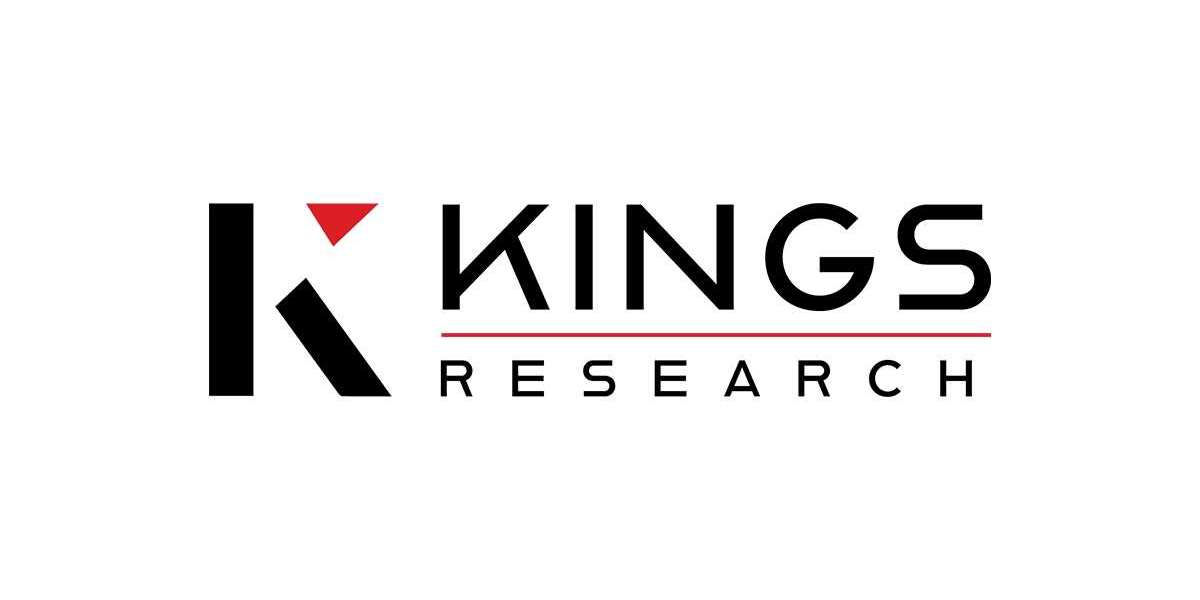Iran, a country with a rich cultural heritage and a rapidly advancing educational sector, has become an attractive destination for international students seeking to pursue an MBBS degree. The country's medical universities offer high-quality education, modern facilities, and a curriculum that aligns with international standards. One of the most significant factors drawing students to Iran for medical studies is the relatively low cost compared to Western countries. This article provides a detailed overview of the costs associated with pursuing an MBBS in Iran, including tuition fees, accommodation, living expenses, and other related costs.
1. Tuition Fees for MBBS in Iran
The primary cost for any medical student is the tuition fee. In Iran, tuition fees for MBBS programs are generally affordable compared to many other countries. The cost can vary depending on the university, the location, and the specific medical program.
Average Tuition Fees: On average, the annual tuition fee for an MBBS program in Iran ranges from $4,000 to $7,000. Some of the top medical universities may charge higher fees, particularly for international students. For example, prestigious institutions like Tehran University of Medical Sciences may have fees at the upper end of this range.
Duration of the Program: The standard duration of an MBBS program in Iran is six years, which includes five years of classroom study and one year of internship or practical training. Therefore, the total cost of tuition over the six-year period would typically range between $24,000 and $42,000.
2. Accommodation Costs
Accommodation is another significant expense for international students. However, living costs in Iran are relatively low compared to many other countries, making it an affordable option for students.
University Dormitories: Most medical universities in Iran offer on-campus accommodation for international students. The cost of living in a university dormitory typically ranges from $500 to $1,500 per year. This option is the most economical and convenient, as it provides easy access to university facilities and a safe living environment.
Private Accommodation: For students who prefer more privacy or cannot secure a place in the university dormitory, renting a private apartment is another option. The cost of renting a one-bedroom apartment in cities like Tehran can range from $200 to $500 per month. In smaller cities, the cost may be lower. Students often share apartments to reduce the cost further.
3. Living Expenses
The cost of living in Iran is generally lower than in many Western countries. Students can manage their expenses efficiently with a modest budget.
Food and Groceries: The cost of food in Iran is quite affordable. Eating out at local restaurants or cafes can cost between $2 to $5 per meal. Cooking at home is even cheaper, with monthly grocery costs ranging from $50 to $100.
Transportation: Public transportation in Iran is reliable and inexpensive. Students can expect to spend around $10 to $20 per month on transportation, depending on their location and frequency of travel. Tehran, being the capital city, has an extensive metro and bus network that makes commuting easy and affordable.
Utilities and Internet: Utility bills, including electricity, heating, cooling, water, and garbage, typically range from $30 to $50 per month for a standard apartment. Internet costs vary depending on the plan but generally range from $10 to $20 per month.
4. Additional Expenses
Apart from tuition, accommodation, and living costs, there are several other expenses that students should consider when planning to study MBBS in Iran.
Books and Study Materials: Medical textbooks and other study materials are essential for MBBS students. On average, students may need to spend around $200 to $400 per year on books and other educational resources. Some universities provide access to online libraries, which can help reduce the cost of purchasing physical books.
Medical Insurance: Health insurance is mandatory for international students in Iran. The cost of medical insurance varies but typically ranges from $100 to $200 per year. This insurance covers basic medical expenses, including doctor visits, hospital stays, and emergency services.
Visa and Registration Fees: International students are required to obtain a student visa to study in Iran. The cost of a student visa is approximately $100 to $150. Additionally, students must register with local authorities, which may involve a small fee.
5. Scholarships and Financial Aid
Iranian universities and the government offer various scholarships and financial aid programs for international students. These scholarships are often merit-based and can significantly reduce the overall cost of Study MBBS in Iran.
University Scholarships: Some universities offer scholarships that cover partial or full tuition fees, depending on the student’s academic performance. It's advisable to check with the specific university for available scholarship opportunities and eligibility criteria.
Government Scholarships: The Iranian government occasionally offers scholarships to students from certain countries as part of bilateral agreements. These scholarships may cover tuition, accommodation, and even living expenses.







